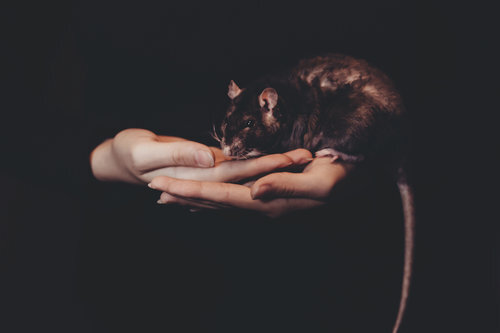Food in Vietnam
/SOURCE: FREESTOCKS.ORG
A few headlines caught my eye over the weekend.
RATS: The first was this long-ish article in National Geographic about rats as a source of protein in Vietnam. I usually don’t like articles about weird foods in Asian countries, because I think they too easily turn into caricatures and/or lean into wild stereotypes about whole cultures. But I found this interesting, because rats are actually a pretty good source of protein. Plus, it’s a business:
The Mekong Delta alone produces up to 3,600 tons of live rats a year, at a value of about $2 million.
For Western readers, basically don’t think about our disgusting Norwegian rats that live in cities. These are a different species, with fewer diseases. And supposedly they taste like rabbit. [Ed - good job avoiding the chicken jokes.]
I firmly believe that alternative means of protein are going to be needed, and probably shortly. Livestock and its associated supply chain represents up to half of all greenhouse gas emissions, according to this article. A more reasonable estimate was done by the IPCC and said that the lifecycle of livestock represents 14.5% of all emissions. That’s a lot.
INSECTS: And Vietnam may be part of the new wave of alternative forms of protein. There is already a company based in Vietnam, Entobel, that is building a factory to produce insect protein for fish food. And Vietnam already eats a fair number of insects.
SOURCE: PERCY PHAM @PERCYTHAIPHAM
FISH SAUCE: On another food tangent, I also saw this article about the difficulties of the traditional fish sauce sector in Vietnam. It talks about new regulations that are going to hurt traditional makers to the benefit of industrial makers:
If the new criteria are applied, all traditional fish sauce making would end and there would be only industrial fish sauce left. Vu said the draft, in general, favours industrial fish sauce producers at the expense of the traditional fish sauce makers. “Recently, a whole village in Nha Trang that had made fish sauce for many generations has been wiped out and most households have shifted to producing materials for industrial fish sauce producers.
This is the second big test of the traditional fish sauce producers in Vietnam. The first was a scare in 2016 over arsenic levels in fish sauce. Later it turns out that the natural arsenic found in traditional fish sause is not poisonous.
In some ways this is a follow up to my article about cinema, in that I think traditional products are going to be very important for Vietnam over time. They help maintain culture, they can provide a livelihood for people, and they can be a significant revenue source for smaller enterprises. We have seen a big surge in the West of hand-crafted products. Vietnamese fish sauce can be a part of this. Just look at the difference high-end products can command. Red boat, a widely-sold and -prefered brand of fish sauce, is sold for $11.95 for 250ml, or almost $50 per liter, on Amazon. This is actually a bit higher than the lower-end brands. Even still, a high-end fish sauce goes for double that at $18.95 or 200ml.
The government should really think hard about how it supports all of the traditional makers of products, because they can be a real source of jobs and business as the country grows richer and wants to spend more for premium products.



